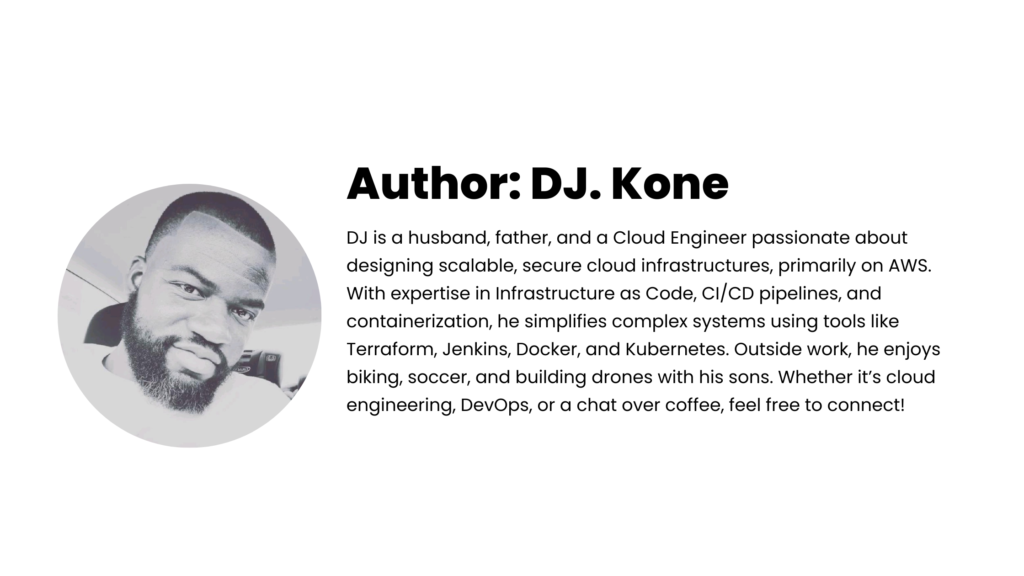You’ve probably seen “Learn CI/CD” on every DevOps roadmap. But let’s be honest. It’s not always clear where to start. But here’s the thing, CI/CD (Continuous Integration and Continuous Delivery/Deployment) isn’t one single skill. It’s a mindset and a collection of practices that help teams ship faster, safer, and with more confidence.
So if you’re just starting out and wondering “What should I actually learn?”, here’s a breakdown of the 10 concepts that will give you a strong CI/CD foundation:
1- Version Control (Git)
Everything starts here. Learn how branching, merging and pull requests fit into the pipeline. These are the moments your automation will trigger from, every commit, every push, every change. If you’re comfortable with Git, half the CI/CD puzzle starts to make sense.
2- Build Automation
Get familiar with how your code gets compiled, tested, and packaged automatically. Imagine your code automatically compiling, testing, and packaging itself after every change. That’s build automation. It’s the part of the pipeline that makes sure your code can actually run and be tested, before it ever reaches production.
3- Continuous Integration (CI)
The practice of catching issues early by testing on every commit. Continuous Integration is all about catching problems early. Every time a developer commits code, the system runs tests and checks to make sure nothing’s broken. It’s not just about automation, it’s about collaboration and trust across the team.
4- Continuous Delivery vs Deployment
Know the difference between delivering to staging vs pushing straight to prod. These two are often confused.
- Continuous Delivery means your code is always ready to deploy, but you still decide when.
- Continuous Deployment takes it a step further, your code goes live automatically after passing all checks.
Start with Delivery. Grow into Deployment.
5- Pipeline as Code
Tools like Jenkins, GitHub Actions or GitLab CI let you define your entire pipeline in code.
Instead of clicking buttons in a dashboard, modern CI/CD is defined in code : YAML, Jenkinsfiles, GitHub Actions, etc. That means your pipeline is versioned, reviewable, and shareable. You can roll back your pipeline the same way you roll back code.
6- Testing Automation
Integrate unit, integration and end-to-end tests so every build tells you something meaningful.
Manual testing can’t keep up with frequent deployments. That’s why automated testing, from unit tests to integration and end-to-end is a cornerstone of CI/CD. The more confidence you have in your tests, the faster you can move.
7- Artifact Management
Store your build outputs safely in places like Docker Hub, Nexus, or S3.
When your build process creates outputs (Docker images, packages, binaries), they need to live somewhere.
Artifact repositories like Docker Hub, Nexus, or AWS S3 keep your builds versioned, traceable, and ready to deploy.
8- Environment Promotion
Learn how code flows from dev → staging → prod in a controlled way.
You don’t just ship straight to production (at least, hopefully not). Learn how code moves through dev → staging → prod, and how pipelines handle environment-specific configurations along the way.
9- Secrets Management
Keep your tokens and credentials safe with tools like Vault or environment variables.
CI/CD pipelines often need credentials, tokens, or API keys. Keeping these secure in Vault, AWS Secrets Manager, or even encrypted environment variables is non-negotiable. One leaked key can ruin a lot more than your weekend.
10- Monitoring and Rollback
Track deployments, measure success, and recover fast when things go wrong.
Even with perfect automation, things go wrong. Good CI/CD includes ways to monitor deployments and rollback safely when needed. That’s how you move fast and stay reliable.
Learning CI/CD isn’t about memorizing tools, it’s about understanding the flow.
Code moves from commit → build → test → deploy → monitor. Everything else is optimization. Master these concepts, and you’ll not only build pipelines — you’ll build confidence in your delivery process.



Leave a Reply